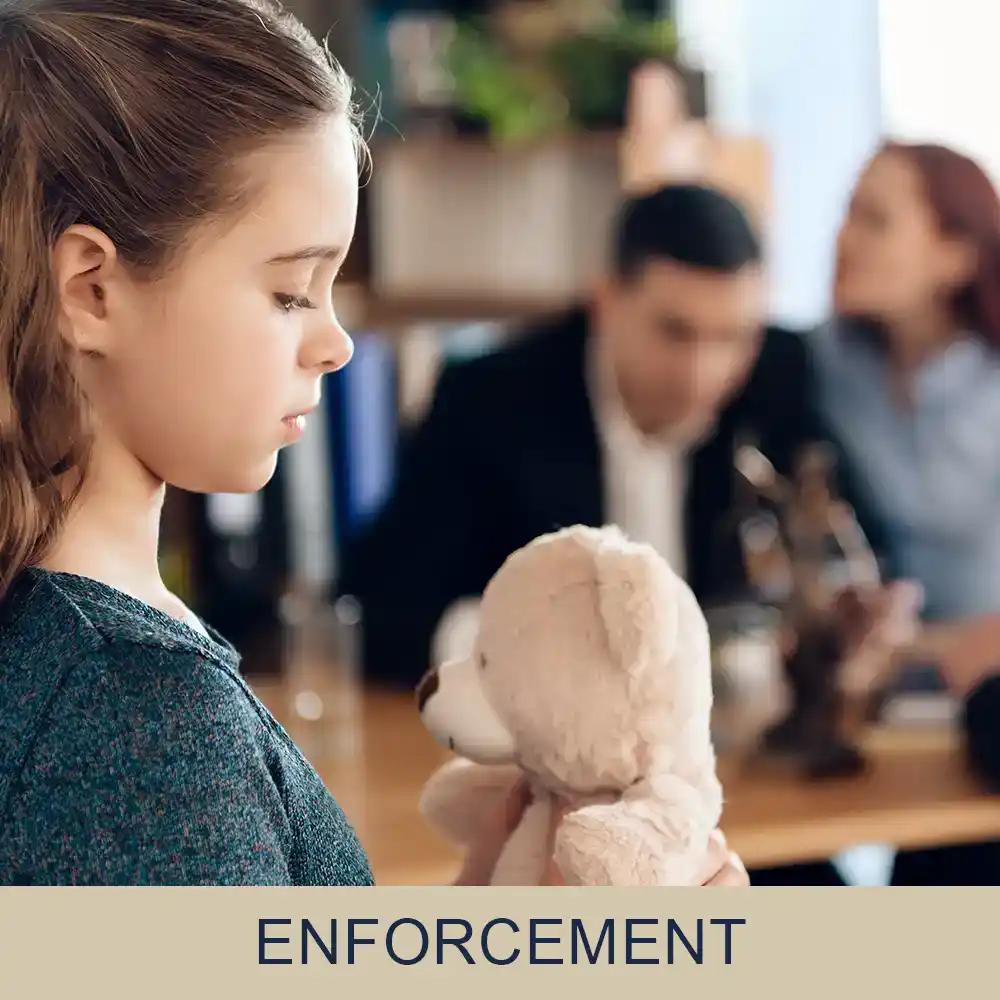Property Division
Property and asset division is one of the most challenging aspects of divorce. It often involves not only the family home but also savings, pensions, and other assets built up during the marriage. At Moloney Family Law, we provide clear, strategic advice to ensure your financial interests are protected. Led by Tracey Moloney, our team is committed to securing fair and practical outcomes that reflect your unique circumstances.
Key Considerations in Property Division
- The family home (ownership, sale, or transfer)
- Division of savings, pensions, and investments
- Business interests or self-employed assets
- Debts and liabilities
- Reaching agreements through negotiation or mediation
- Court involvement when agreement is not possible
- Protecting your financial future and stability

Detailed Guidance
The law does not automatically split assets 50/50. Instead, the court considers fairness, the needs of both parties, and—most importantly—the welfare of any children.
Our role is to help you understand your entitlements, negotiate effectively, and if necessary, represent you in court to secure a fair division of property and assets.
At Moloney Family Law, we guide you through:
- The Family Home: Often the most valuable asset. Options include selling and dividing the proceeds, transferring ownership to one spouse, or deferring sale until children are older.
- Savings and Investments: Accounts, shares, and ISAs are considered part of the “matrimonial pot” for division.
- Pensions: Sometimes overlooked, but pensions can be one of the largest assets. Courts may divide pensions through a “pension sharing order.”
- Businesses and Debts: If one spouse owns a business or has significant debts, these will be factored into settlement negotiations.
We tailor our advice to your unique circumstances, balancing compassion with robust representation to protect your interests.
FAQs – Your Most Frequently Asked Questions about Property Division
Will everything be split 50/50?
Not necessarily. The court’s goal is fairness, which may mean one party receives more based on needs, contributions, or childcare responsibilities.
Can I keep the family home?
Possibly, depending on affordability and the children’s housing needs. Options include buying out your spouse’s share or offsetting against other assets.
Are pensions included in property division?
Yes. Pensions are considered part of the matrimonial assets and can be shared or offset.
What if we can’t agree on property division?
Mediation is encouraged, but if that fails, the court will decide based on the principles of fairness and need.
What happens to debts?
Debts accumulated during the marriage are usually treated as joint liabilities, but courts will consider who incurred them and for what purpose.
Case Studies
1. Family Home Dispute
Two parents disagreed over what should happen to the family home after divorce. One wanted an immediate sale, while the other wished to remain with the children. We negotiated a settlement allowing the children to stay in the property with their primary carer until they reached 18. After that, the house would be sold and proceeds shared. This ensured stability for the children while protecting both parties’ financial interests.
2. Business Assets
One spouse owned a small but successful business, raising concerns about its future if divided. We arranged for a valuation and negotiated terms that allowed the business to remain intact under the owner’s control, while the other party received a fair share of the overall marital assets. This avoided disruption to employees and preserved the client’s livelihood.
3. Pension Sharing
A client who had spent many years out of the workforce to care for children was worried about retirement. Their spouse had a substantial pension, while they had little provision. We secured a pension sharing order, ensuring our client had long-term financial security and peace of mind for later life.

Client Comment
“Just wanted to let you know that the house sale finally completed today, and the money is in my bank!! Been a long and challenging 3.5 years. Thank you so much for all your hard work, patience, and guidance in getting me through this.”









